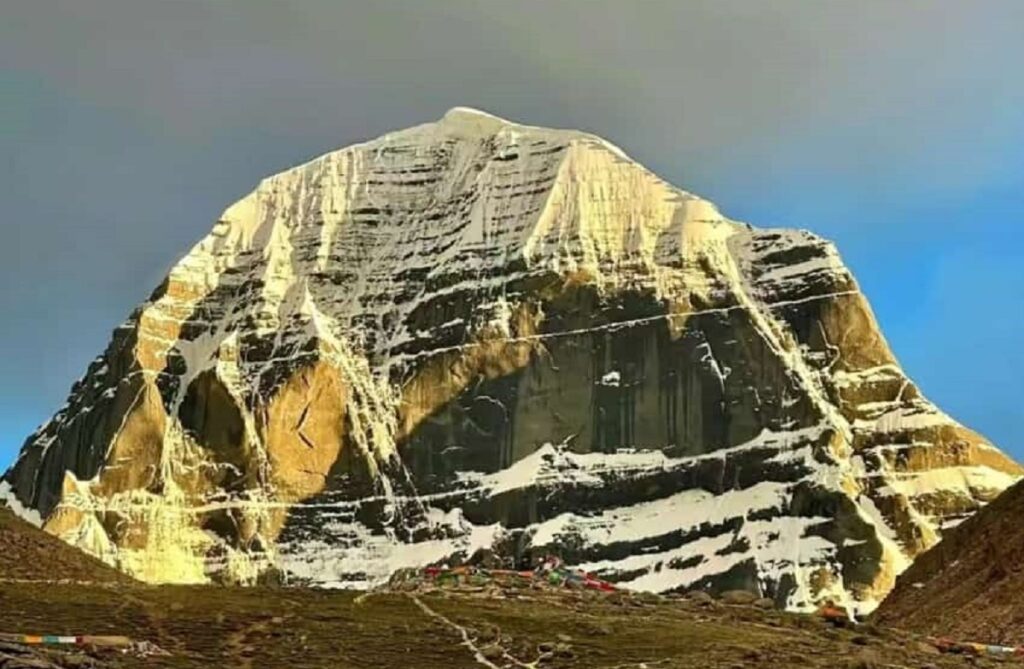The Panch Kailash Yatra encompasses all five locations believed to be the dwelling places of Lord Shiva.
Named Panch Kailash, these five holy peaks include four situated in India and one in Tibet.
Each of these peaks is woven into a tapestry of stories, legends, and myths that have become an integral part of the spiritual fabric. The journey to these sacred sites is arduous and challenging, adding to its significance.
The Himalayan Range stands as India’s most captivating destination, holding an irresistible allure for globetrotters.
Exploring these majestic locations is a dream for those with a wanderlust spirit. Yet, for a devoted soul, the mention of the Panch Kailash Parvat signifies the sacred abode where Lord Shiva himself resided. The mystical sanctuary of the divine evokes a profound sense of spirituality among followers.
This article aims to provide a comprehensive understanding of the heavenly abode associated with Lord Shiva.
As we delve into the details, you will gain insights into the spiritual significance, historical tales, and the demanding pilgrimage that makes the Panch Kailash Yatra an exceptional and revered journey.
Continue reading to unravel the mystical connection between the devotees and the celestial realms inhabited by the divine Lord Shiva.
Know about Panch Kailash Yatra, Names and Location
The Panch Kailash Yatra encompasses pilgrimages to five significant locations in the Great Himalayas: Kailash Mansarovar Yatra, Adi Kailash Yatra, Kinnaur Kailash Yatra, Shrikhand Mahadev Yatra, and the Chamba or Manimahesh Kailash Yatra.
These revered sites annually attract devotees from around the world, uniting people in their quest for the blessings of Lord Shiva and spiritual salvation.
Nestled in the lap of the Himalayas, these destinations hold profound religious importance, not only for Hindus but also for followers of Jainism, Buddhism, Chinese traditions, and the Bön religion.
The spiritual allure of these locations transcends religious boundaries, making them prominent pilgrimage sites.
Kailash Mansarovar Yatra
Kailash Mansarovar, nestled in the majestic Himalayas, is a sacred pilgrimage site revered by multiple religions, prominently in Hinduism, Buddhism, and Jainism.
At an elevation of 21,778 feet, Mount Kailash stands tall as one of the holiest peaks, believed to be the abode of Lord Shiva in Hindu mythology.
The circumambulation or parikrama of Mount Kailash is a sacred ritual, undertaken by thousands of pilgrims each year.
This ritual involves walking around the base of the mountain, a journey of approximately 52 kilometers, symbolizing spiritual devotion and purification.
The nearby Mansarovar Lake, situated at an altitude of 15,060 feet, adds to the sanctity of the region. Pilgrims believe that taking a dip in the pristine waters of Mansarovar can cleanse one’s sins and purify the soul.
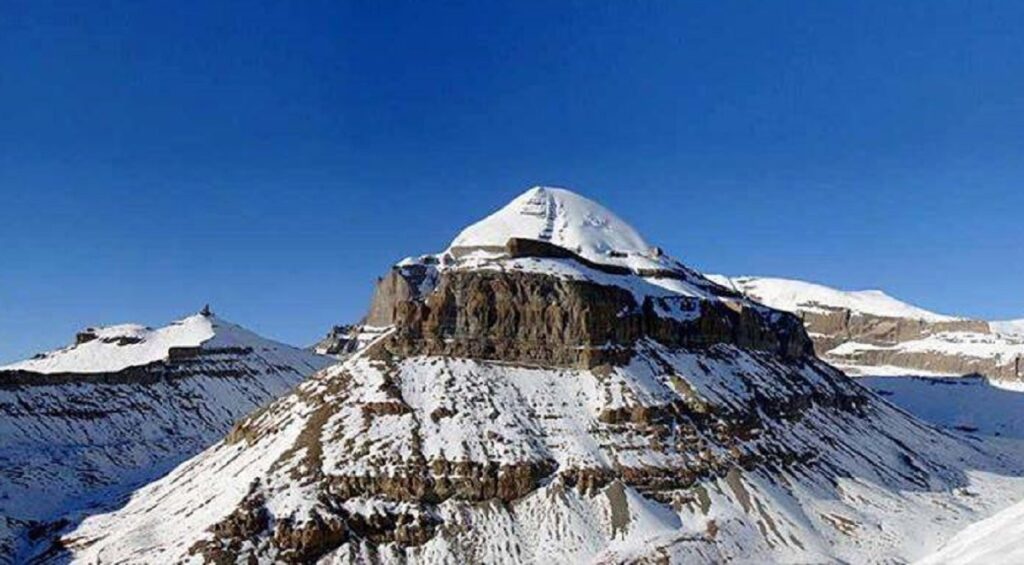
The Kailash Mansarovar Yatra is not only a physical pilgrimage but also a profound spiritual journey. The breathtaking landscapes and the challenging terrain contribute to the sense of adventure and self-discovery experienced by those who embark on this sacred expedition.
Pilgrims from various corners of the globe undertake this arduous trek, fostering unity and spiritual harmony among people of diverse cultures and faiths who come together to seek the divine blessings of Mount Kailash and Mansarovar Lake.
Adi Kailash Yatra
Adi Kailash, also known as Chota Kailash or Baba Kailash, stands as a formidable peak in the Indian Himalayan region, capturing the spiritual imagination of devotees and trekkers alike.
Located in the Pithoragarh district of Uttarakhand, Adi Kailash shares a striking resemblance to the more renowned Mount Kailash in Tibet, further adding to its religious significance.
At an elevation of 6,191 meters, Adi Kailash commands awe and reverence.
Hindu mythology links this peak to Lord Shiva, portraying it as a sacred abode where the deity is believed to reside.
The region surrounding Adi Kailash is dotted with ancient caves and sacred sites, enhancing its allure as a destination for both spiritual seekers and adventure enthusiasts.
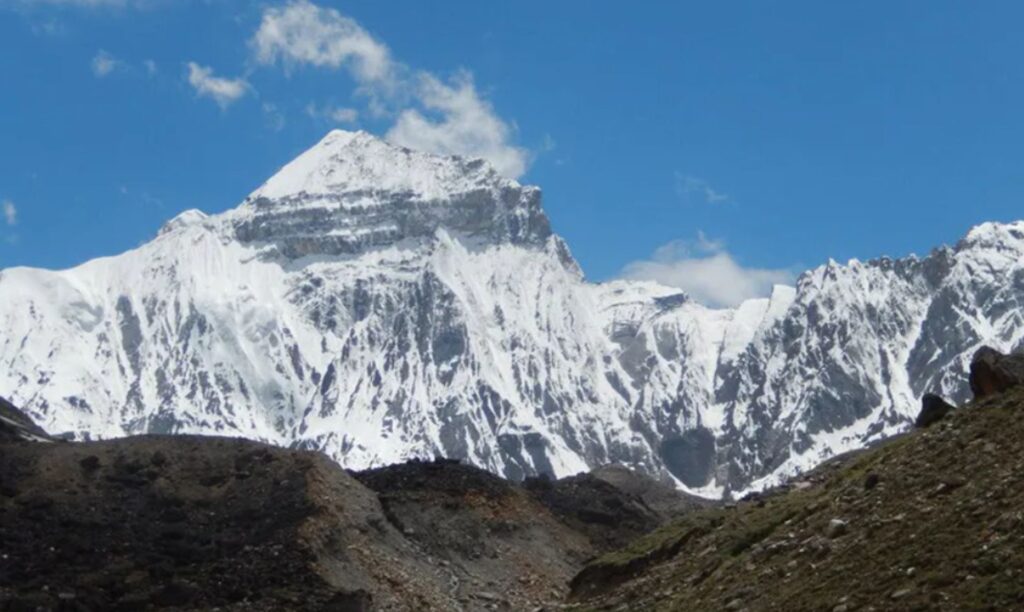
The Adi Kailash Yatra is a challenging trek that draws pilgrims seeking a deeper connection with the divine in the lap of the Himalayas.
The trek encompasses diverse landscapes, from dense forests to alpine meadows, offering breathtaking views of snow-clad peaks and pristine lakes. Pilgrims traverse through inhospitable terrains, testing their physical endurance and spiritual resilience.
The pilgrimage to Adi Kailash is not just a journey to a physical peak but a transformative experience, fostering introspection and a sense of oneness with nature and the divine.
Manimahesh Kailash
Manimahesh Kailash, located in the Pir Panjal range of the Himalayas in Himachal Pradesh, India, is a sacred mountain revered in Hinduism as the abode of Lord Shiva.
Rising to an elevation of 5,653 meters (18,510 feet), it holds significant religious and cultural importance. The name “Manimahesh” is derived from two words – “Mani,” meaning jewel, and “Mahesh,” another name for Lord Shiva.
The mountain is often referred to as the “Kailash of the Himachal” and is considered one of the manifestations of Lord Shiva.
The annual pilgrimage to Manimahesh, known as the Manimahesh Yatra, is a revered event, drawing devotees from various parts of India.
The yatra typically takes place during the Hindu month of Bhadrapada (August-September), culminating on the eighth day, which is celebrated as the Manimahesh Parikrama. Pilgrims undertake a challenging trek to the sacred lake, Manimahesh Lake, situated at the base of the Kailash.
The lake, surrounded by snow-capped peaks, holds immense religious significance, and it is believed that Lord Shiva performs his divine dance, the “tandava,” at this spot during the festival.
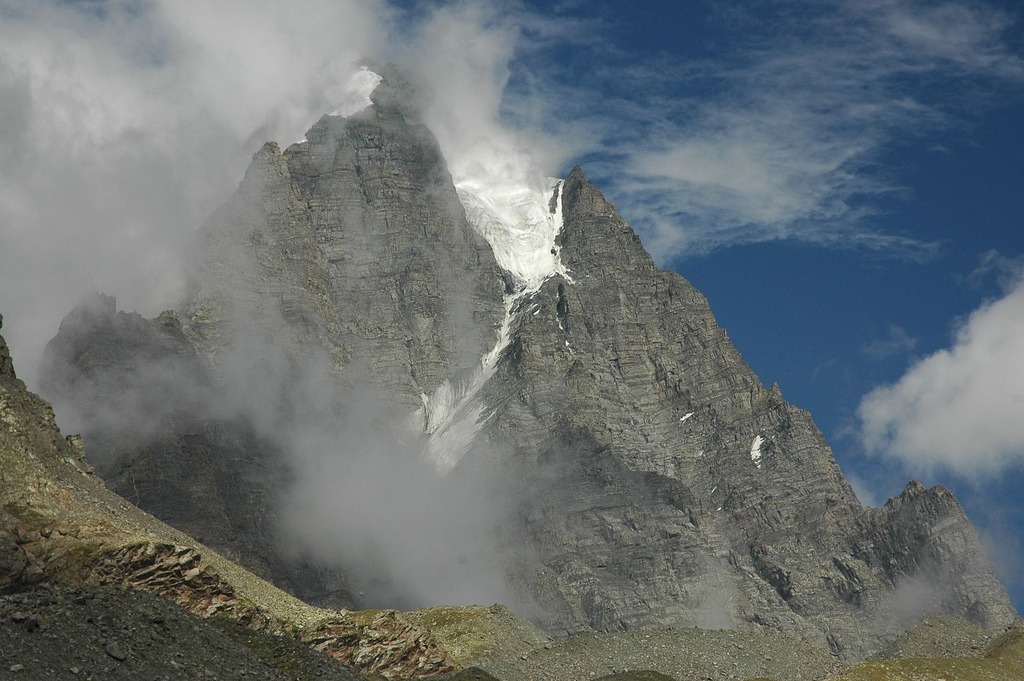
The Manimahesh Yatra is not only a religious pilgrimage but also an adventurous journey, offering stunning vistas of the Himalayan landscapes.
Pilgrims navigate through rugged terrains and steep mountain trails, enduring physical challenges to reach the sacred destination. The atmosphere during the yatra is charged with spiritual fervor, as devotees believe that a glimpse of the sacred Manimahesh Kailash brings blessings and absolves them of sins.
The unique blend of religious devotion and the inherent beauty of the Himalayas makes Manimahesh Kailash a revered destination for both spiritual seekers and nature enthusiasts.
Kinnaur Kailash
Kinnaur Kailash, situated in the Kinnaur district of Himachal Pradesh, India, is a majestic mountain revered for its religious significance and awe-inspiring landscapes.
Rising to an elevation of approximately 6,050 meters (19,849 feet), Kinnaur Kailash is considered sacred in Hinduism and Tibetan Buddhism.
The mountain is often associated with Lord Shiva, and the annual Kinnaur Kailash Parikrama draws pilgrims who embark on a challenging trek to circumambulate the sacred peak.
The region is known for its pristine beauty, with lush green valleys, apple orchards, and ancient monasteries contributing to the enchanting backdrop of the Kinnaur Kailash.
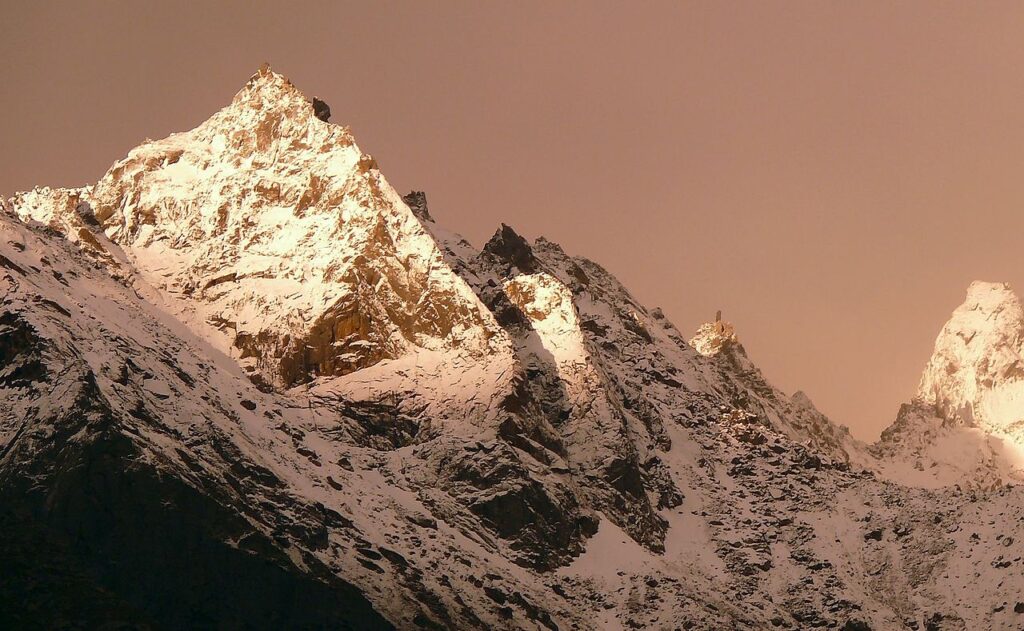
The Kinnaur Kailash Parikrama is a trek that tests the mettle of pilgrims, taking them through high-altitude terrains, quaint villages, and alpine meadows.
Pilgrims believe that undertaking this circumambulation around the sacred mountain brings spiritual merit and cleanses one’s soul.
The journey offers not only a religious experience but also a chance to immerse oneself in the natural splendor of the Himalayas.
The snow-clad peaks, deep gorges, and the serene ambiance of the region make Kinnaur Kailash not just a destination for religious pilgrimage but also a haven for those seeking solace and connection with the divine in the lap of nature.
Shrikhand Mahadeva
Shrikhand Mahadev, a prominent peak in the Kullu district of Himachal Pradesh, India, stands as a revered pilgrimage site known for its religious significance and challenging trek.
Rising to an elevation of approximately 5,155 meters (16,913 feet), Shrikhand Mahadev is named after Lord Shiva, also known as Mahadev.
The trek to the sacred peak is undertaken during the Hindu month of Saavan (July-August) and holds deep cultural importance.
Devotees believe that the Shrikhand Mahadev peak houses a sacred Shivling (a symbolic representation of Lord Shiva), and the trek is considered a spiritual journey where participants seek blessings and purification.

The Shrikhand Mahadev Yatra is not for the faint-hearted, requiring pilgrims to traverse through rugged terrains, dense forests, and snow-covered paths.
The trek begins at the village of Jaon and takes pilgrims to the challenging Parvati Bagh, the last leg of the journey before reaching the sacred peak.
The panoramic views of the Himalayas, the challenging trek, and the spiritual ambiance create a unique pilgrimage experience, attracting devotees and adventure enthusiasts alike.
Shrikhand Mahadev serves as a testament to the harmonious blend of spirituality and nature’s grandeur, offering a transformative journey for those who undertake the challenging trek to seek the divine blessings of Lord Shiva.
